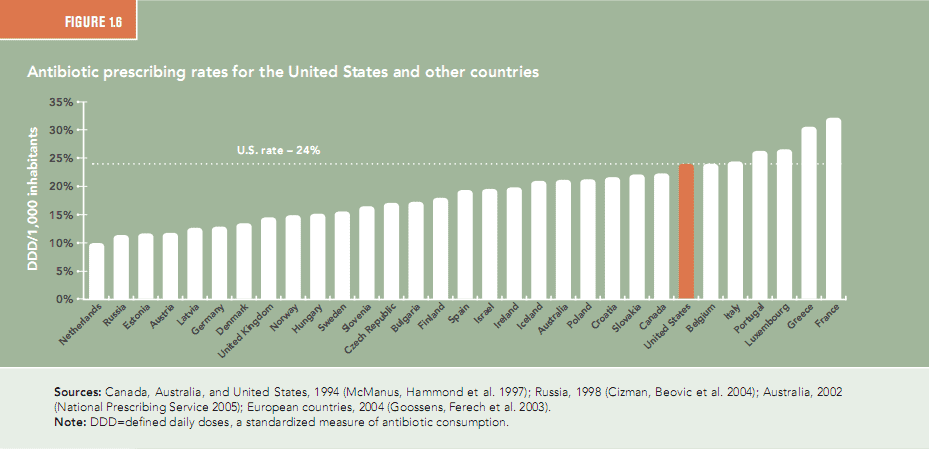PGreen
Active Member
- Nov 24, 2014
- 263
- 44
- 33
LOS ANGELES - Contaminated medical instruments are suspected in a "superbug" outbreak at a Los Angeles hospital that has infected at least seven patients, two of whom died. More than 170 others may have been exposed to the antibiotic-resistant bacteria.
Superbug outbreak kills 2 infects 7 at Ronald Reagan UCLA Medical Center - Newsday
If you're doing a lot of endoscope procedures back to back, you have to sterilize those that have been used. Isn't it obvious? What's wrong with these people, who are called doctors?!
Superbug outbreak kills 2 infects 7 at Ronald Reagan UCLA Medical Center - Newsday
If you're doing a lot of endoscope procedures back to back, you have to sterilize those that have been used. Isn't it obvious? What's wrong with these people, who are called doctors?!






